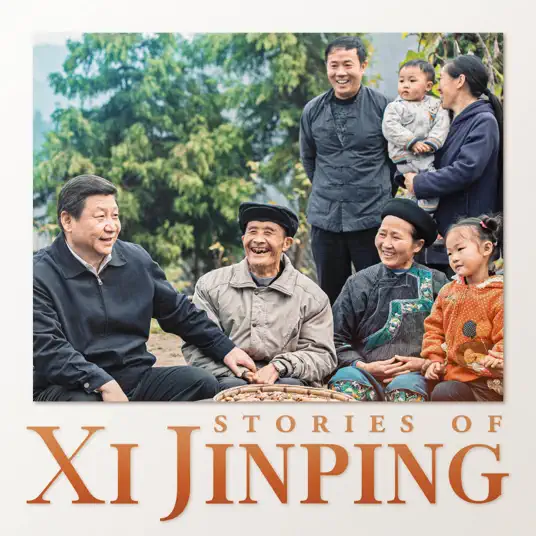EU
#EUElections - Konbyen Deputy chak peyi pral jwenn nan 2019?


The distribution of seats in the Parliament is set to change after the next European elections as a result of Brexit.
On 13 June MEPs gave their consent to a draft decision by the European Council based on an earlier Parliament proposal. It will leed to a reduction in the overall number of seats after the UK's withdrawal from the EU comes into force, although some EU countries will get some additional MEPs.
The new rules will come into force in time for the European elections to be held on 23-26 May in 2019, once they are formally approved by EU leaders.
At the moment the Parliament boasts 751 seats, which is the maximum number allowed by the EU treaties. Following the decision, 27 of the UK's 73 seats will be redistributed to other countries, while the remaining 46 seats will be kept for future enlargements. This means the number of MEPs to be elected will be 705.
Distribisyon plas: Pa gen perdants
The redistribution of seats approved by MEPs ensures that no EU country would lose any seats, while some would gain anything from one to five seats to redress under-representation following demographic changes.
The decision takes into account the population of member states and follows the principle of degressive proportionality. That means that countries that are smaller in terms of population should have fewer MEPs than bigger countries. At the same time, MEPs from larger countries should represent more people than MEPs from smaller countries. In this way, members from smaller countries have a relatively stronger presence in Parliament.
The new distribution will come in force only after the UK has left the EU. This is currently expected to happen at the end of March 2019.
 Distribisyon plas Palman an tabli pou chanje kòm yon rezilta Brexit
Distribisyon plas Palman an tabli pou chanje kòm yon rezilta Brexit Lis Pan-Ewopeyen yo
When Parliament was preparing its proposal for the distribution of seats after 2019, there was a discussion about establishing a joint constituency on the entire territory of the EU that would vote on pan-European electoral lists, in addition to the seats allocated to each country. This idea was rejected in the final plenary vote in February 2018.
Poukisa répartition nesesè
Koulye a, pa gen okenn fòmil egzak detèmine ki kantite Deputy ke chak peyi gen, ak sèlman yon kèk règ jeneral ki tabli nan Atik 14 nan la Trete sou Inyon Ewopeyen an. Sa vle di ke yon desizyon bezwen pran pa chèf deta anvan chak eleksyon Inyon Ewopeyen an.
EU elections and the Commission president post
Nan yon separe rapòte adopted in February, MEPs reiterated their support for the so-called spitzenkandidaten process introduced in 2014. This means European political parties nominate their candidate for the president of the European Commission ahead of the European elections.
MEPs argue that the process establishes a link between the choice of Commission President and the outcome of the elections and say Parliament is ready to reject any candidate for the post who has not come through this process.
Pwochen etap
The new composition of the Parliament will still need to be formally approved by EU heads of state and government. This is expected to happened at a summit in Brussels on 28-29 June.
Deputy an chaj nan volan plan yo nan Palman an
Pataje atik sa a:
-

 Konferans3 jou de sa
Konferans3 jou de saKonferans on-off NatCon a te sispann pa lapolis Brussels
-

 Mas siveyans5 jou de sa
Mas siveyans5 jou de saLeak: Minis Enteryè Inyon Ewopeyen yo vle egzante tèt yo nan kontwòl chat eskanè en mesaj prive
-

 Konferans4 jou de sa
Konferans4 jou de saKonferans NatCon pou ale pi devan nan nouvo lokal Brussels
-

 Sèvis Aksyon Ekstèn Ewopeyen an (EAAS)5 jou de sa
Sèvis Aksyon Ekstèn Ewopeyen an (EAAS)5 jou de saBorrell ekri deskripsyon travay li



























